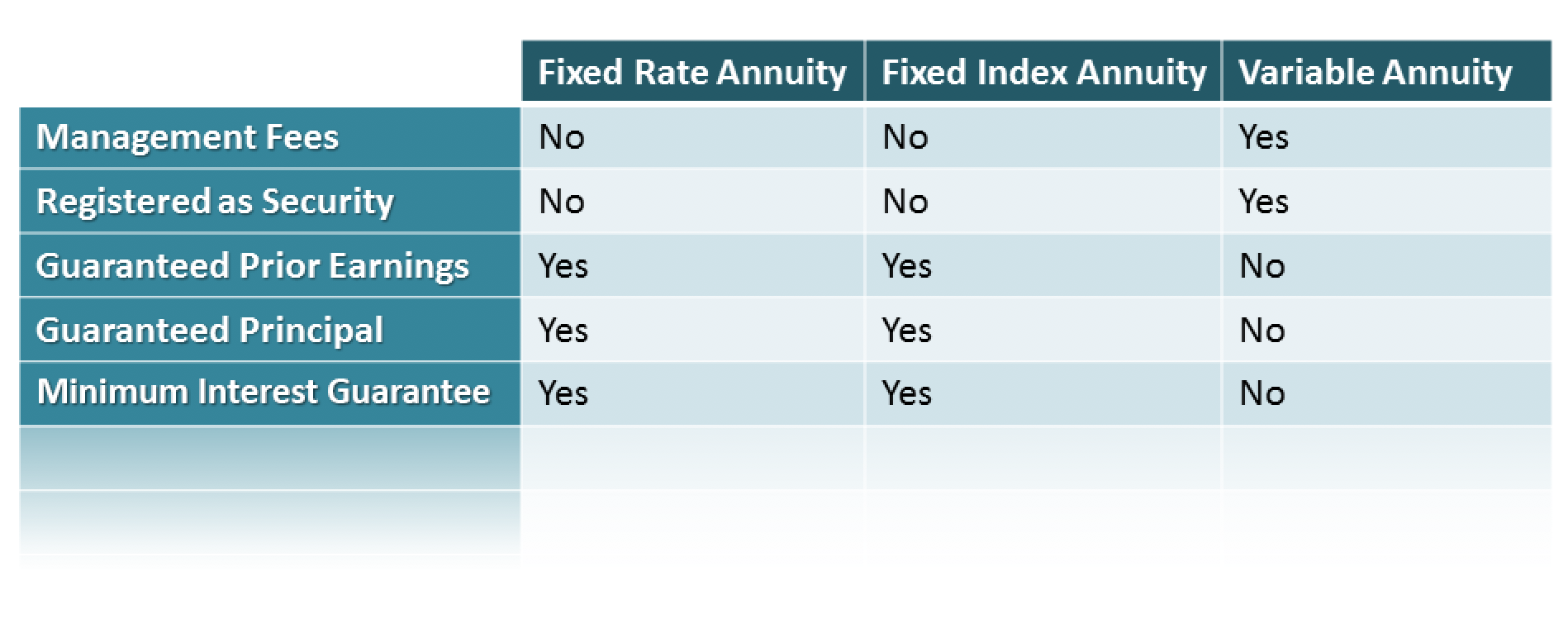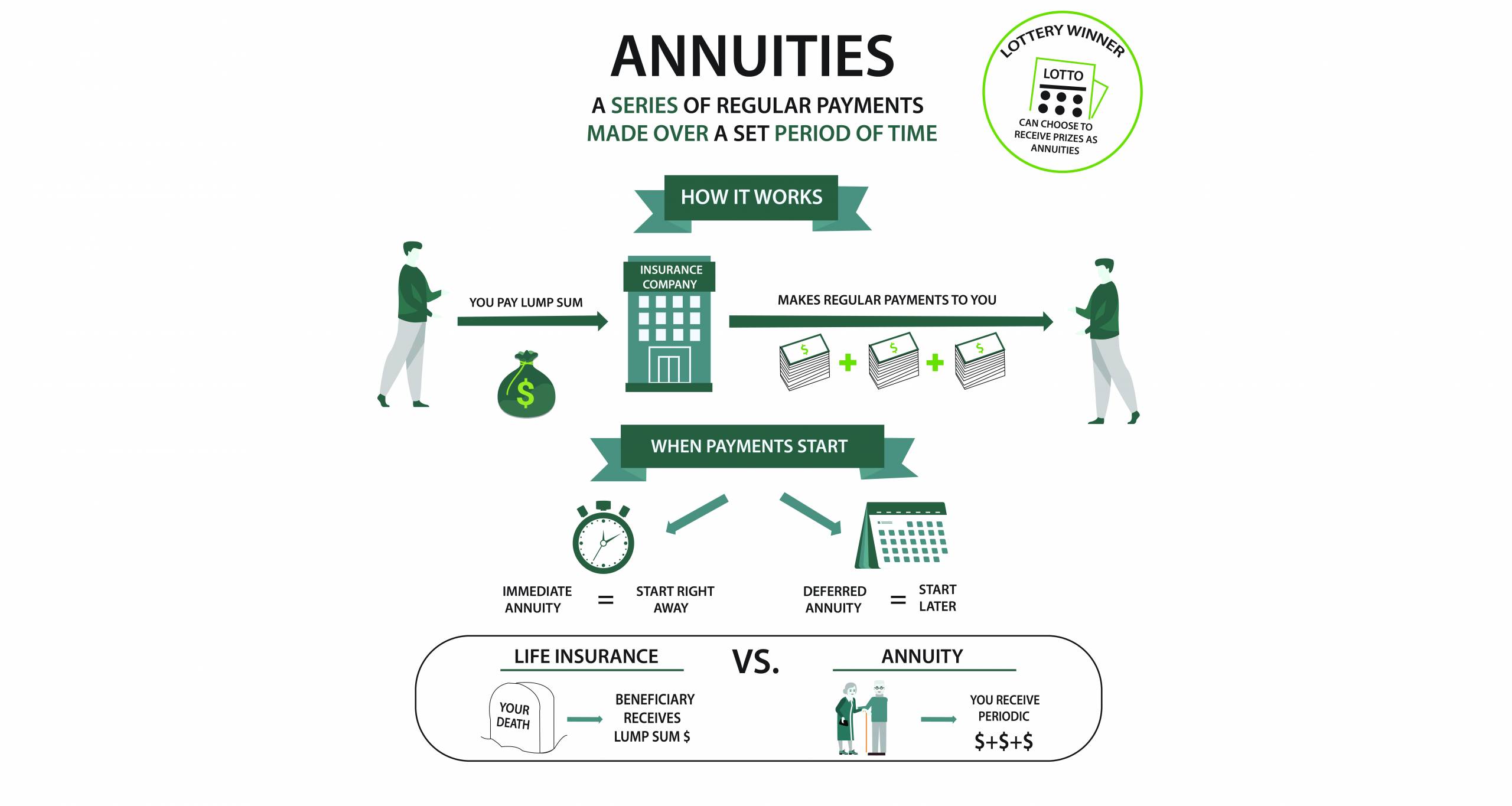All Categories
Featured
Table of Contents
Simply as with a repaired annuity, the proprietor of a variable annuity pays an insurer a round figure or collection of payments for the pledge of a collection of future payments in return. However as stated over, while a repaired annuity expands at a guaranteed, consistent rate, a variable annuity expands at a variable rate that relies on the efficiency of the underlying investments, called sub-accounts.

Throughout the accumulation phase, assets spent in variable annuity sub-accounts expand on a tax-deferred basis and are taxed only when the agreement owner takes out those revenues from the account. After the buildup phase comes the revenue phase. In time, variable annuity assets need to theoretically enhance in value up until the contract proprietor determines she or he would love to begin withdrawing cash from the account.
The most substantial issue that variable annuities normally existing is high expense. Variable annuities have several layers of fees and costs that can, in accumulation, create a drag of up to 3-4% of the contract's value each year.
Understanding Financial Strategies Key Insights on Your Financial Future Defining the Right Financial Strategy Pros and Cons of Choosing Between Fixed Annuity And Variable Annuity Why Annuities Variable Vs Fixed Is Worth Considering How to Compare Different Investment Plans: How It Works Key Differences Between Immediate Fixed Annuity Vs Variable Annuity Understanding the Rewards of Deferred Annuity Vs Variable Annuity Who Should Consider Annuity Fixed Vs Variable? Tips for Choosing the Best Investment Strategy FAQs About Planning Your Financial Future Common Mistakes to Avoid When Choosing a Financial Strategy Financial Planning Simplified: Understanding Fixed Index Annuity Vs Variable Annuities A Beginner’s Guide to Smart Investment Decisions A Closer Look at How to Build a Retirement Plan
M&E expenditure fees are calculated as a percent of the contract worth Annuity providers hand down recordkeeping and other administrative prices to the agreement proprietor. This can be in the form of a level annual charge or a percentage of the agreement worth. Management fees may be included as part of the M&E risk charge or might be evaluated independently.
These charges can range from 0.1% for passive funds to 1.5% or more for proactively managed funds. Annuity agreements can be personalized in a number of methods to offer the certain needs of the agreement owner. Some common variable annuity riders include assured minimum accumulation advantage (GMAB), assured minimum withdrawal advantage (GMWB), and ensured minimum income benefit (GMIB).

Variable annuity contributions offer no such tax reduction. Variable annuities often tend to be highly ineffective cars for passing wide range to the future generation due to the fact that they do not enjoy a cost-basis change when the original contract owner passes away. When the proprietor of a taxed investment account passes away, the cost bases of the financial investments held in the account are gotten used to mirror the market rates of those financial investments at the time of the proprietor's fatality.
Decoding How Investment Plans Work A Comprehensive Guide to Immediate Fixed Annuity Vs Variable Annuity Breaking Down the Basics of Variable Annuity Vs Fixed Annuity Advantages and Disadvantages of Fixed Annuity Or Variable Annuity Why Variable Annuities Vs Fixed Annuities Can Impact Your Future Fixed Annuity Vs Equity-linked Variable Annuity: How It Works Key Differences Between Fixed Annuity Vs Equity-linked Variable Annuity Understanding the Rewards of Deferred Annuity Vs Variable Annuity Who Should Consider Fixed Index Annuity Vs Variable Annuity? Tips for Choosing Fixed Vs Variable Annuity FAQs About Variable Annuities Vs Fixed Annuities Common Mistakes to Avoid When Choosing a Financial Strategy Financial Planning Simplified: Understanding Your Options A Beginner’s Guide to Smart Investment Decisions A Closer Look at How to Build a Retirement Plan
Therefore, heirs can acquire a taxed financial investment portfolio with a "fresh start" from a tax obligation perspective. Such is not the case with variable annuities. Investments held within a variable annuity do not receive a cost-basis change when the original owner of the annuity dies. This suggests that any type of accumulated unrealized gains will be passed on to the annuity owner's heirs, together with the linked tax obligation burden.
One considerable issue connected to variable annuities is the possibility for problems of interest that might feed on the component of annuity salespeople. Unlike a monetary expert, who has a fiduciary obligation to make financial investment decisions that profit the customer, an insurance broker has no such fiduciary responsibility. Annuity sales are very rewarding for the insurance policy specialists that market them as a result of high upfront sales commissions.

Lots of variable annuity contracts have language which positions a cap on the percent of gain that can be experienced by certain sub-accounts. These caps prevent the annuity owner from totally taking part in a part of gains that could otherwise be enjoyed in years in which markets create considerable returns. From an outsider's point of view, presumably that investors are trading a cap on investment returns for the abovementioned ensured floor on investment returns.
As noted above, surrender fees can seriously limit an annuity proprietor's capability to relocate properties out of an annuity in the early years of the agreement. Even more, while the majority of variable annuities permit agreement proprietors to take out a defined amount throughout the build-up phase, withdrawals beyond this quantity normally cause a company-imposed cost.
Withdrawals made from a set rates of interest financial investment choice might also experience a "market value change" or MVA. An MVA changes the worth of the withdrawal to show any kind of modifications in rates of interest from the moment that the cash was purchased the fixed-rate alternative to the moment that it was taken out.

Frequently, even the salesmen that offer them do not totally understand just how they function, and so salespeople sometimes prey on a customer's emotions to market variable annuities instead of the qualities and viability of the products themselves. Our team believe that financiers need to completely recognize what they own and exactly how much they are paying to own it.
Analyzing Strategic Retirement Planning A Comprehensive Guide to Fixed Vs Variable Annuity Pros And Cons Defining the Right Financial Strategy Advantages and Disadvantages of Different Retirement Plans Why Annuities Variable Vs Fixed Matters for Retirement Planning Variable Vs Fixed Annuity: A Complete Overview Key Differences Between Variable Annuities Vs Fixed Annuities Understanding the Key Features of Fixed Index Annuity Vs Variable Annuities Who Should Consider Fixed Vs Variable Annuity Pros And Cons? Tips for Choosing the Best Investment Strategy FAQs About Choosing Between Fixed Annuity And Variable Annuity Common Mistakes to Avoid When Choosing a Financial Strategy Financial Planning Simplified: Understanding Fixed Annuity Vs Equity-linked Variable Annuity A Beginner’s Guide to Smart Investment Decisions A Closer Look at How to Build a Retirement Plan
The very same can not be said for variable annuity possessions held in fixed-rate financial investments. These properties legitimately belong to the insurance policy company and would certainly consequently go to danger if the company were to fail. In a similar way, any kind of guarantees that the insurance provider has actually accepted give, such as an ensured minimal earnings advantage, would be in inquiry in the event of a company failing.
Prospective buyers of variable annuities need to comprehend and take into consideration the financial problem of the providing insurance company prior to entering into an annuity contract. While the advantages and disadvantages of numerous kinds of annuities can be discussed, the real concern surrounding annuities is that of viability.
Nevertheless, as the claiming goes: "Caveat emptor!" This post is prepared by Pekin Hardy Strauss, Inc. Pros and cons of annuities. ("Pekin Hardy," dba Pekin Hardy Strauss Wealth Administration) for informative functions just and is not planned as an offer or solicitation for organization. The information and data in this short article does not constitute lawful, tax, audit, financial investment, or various other specialist advice
Table of Contents
Latest Posts
Analyzing Strategic Retirement Planning Everything You Need to Know About Financial Strategies Breaking Down the Basics of Investment Plans Pros and Cons of Deferred Annuity Vs Variable Annuity Why Fi
Highlighting the Key Features of Long-Term Investments A Comprehensive Guide to Investment Choices Defining the Right Financial Strategy Features of Fixed Vs Variable Annuity Pros Cons Why Fixed Vs Va
Analyzing Strategic Retirement Planning Everything You Need to Know About Financial Strategies What Is Variable Vs Fixed Annuities? Benefits of Fixed Vs Variable Annuity Pros And Cons Why Pros And Con
More
Latest Posts